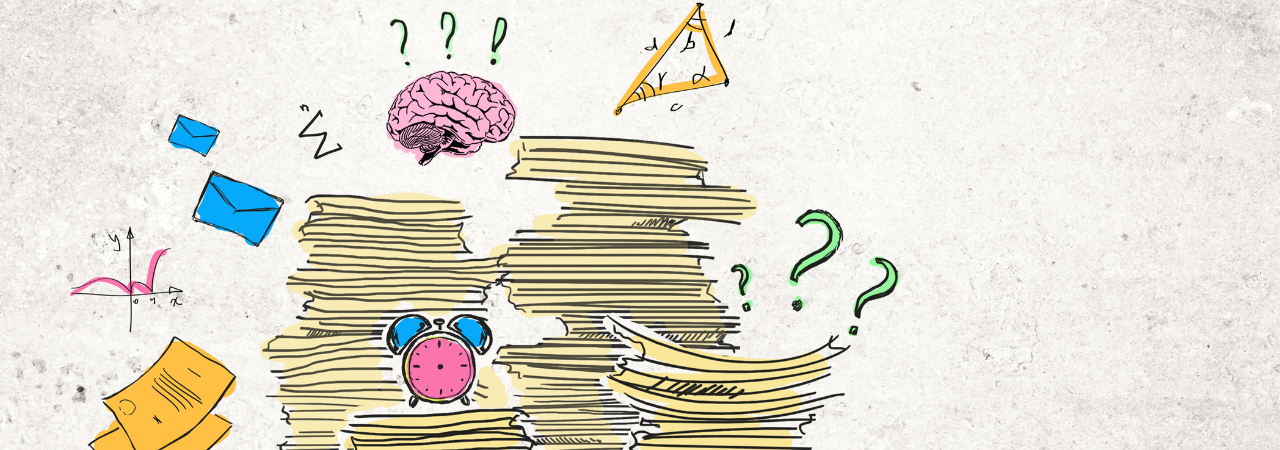
How to identify & manage workplace stress
Stress, anxiety & depression accounts for 17.9 million days of work absenteeism in the UK. Not only that, there is a causal link between sustained periods of stress and other long term illnesses. Identifying signs of stress reduces absenteeism and pre-absenteeism (at work but too distracted to concentrate). Not only that, happy colleagues are more likely to be more engaged and productive. Your organisation has everything to gain by reducing stress, thus increasing productivity.
April is stress awareness month in the UK. We look at the difference between pressure and stress, identifying a stressed colleague and how employee benefits can help you manage the financial worries that lead to stress.
Some stress isn’t problematic
Without a fight or flight response to external pressures, the human race would’ve died out long ago! Even if you’ve ever slammed on the brakes to perform an emergency stop, you’ve acted upon a stress reaction. However, what is problematic is having an apprehensive reaction to a minor stimulus. Phobias are an extreme version of an overt stress reaction to a relatively mild stimulus.
Your job shouldn’t make you on edge or stressed, at least not all of the time. There may be stressful situations you have to deal with at work, e.g. a demanding customer or a big deadline. However, stress should be a temporary reaction, leading to better short-term performance. Performance dwindles the longer an employee is stressed at work. This often leads to issues that are unfixable by the time it gets to the HR level.
Signs of Stress: What to look out for
There are many signs that a colleague may be stressed, The most important thing to gauge is the baseline personality and notice behaviour is out of character. If their behaviour deviates from that baseline for five days or over, it’s a good chance it is stress-related.
Some stresses in life are temporary e.g. a house move or a workplace disagreement, can be resolved with a bit of understanding. However, long-term stress, whether it is personal or workplace, is corrosive to the individual, their team and the organisation as a whole. Signs to look out for are:
| Work performance | Withdrawal |
|---|---|
| Declining/inconsistent performance. Uncharacteristic errors. Loss of motivation/commitment. Lapses in memory. Increased time at work. Lack of holiday planning/usage. | Arriving late to work. Leaving early. Absenteeism. Reduced social contacts. |
| Physical signs | Conflict and emotional signs |
|---|---|
| Nervous stumbling speech. Sweating. Tiredness/lethargy. Upset stomach/flatulence. Tension headaches. Rapid weight gain or loss | Crying. Arguments. Undue sensitivity. Irritability/moodiness. Over-reaction to problems. Personality clashes. |
| Aggressive behaviour | Other behaviours |
|---|---|
| Malicious gossip. Criticism of others. Bullying or harassment. Temper outburst | Difficulty relaxing. Increased consumption of alcohol. Increased smoking. Lack of interest in appearance/hygiene. Accidents at home or work. |
How employee benefits can help you manage workforce stress
A good rule of thumb would be to view workplace stress in the same way that one would view other health and safety risks. Namely, make sure that the employee is trained adequately for their role. Ensure that if in a potentially stressful situation, employees have the support afterwards.
Do you have a stress policy? 39% of companies don’t. Under HSE regulations, the employer is duty-bound to reduce hazards that may put the employee at risk of ill health. Illness caused by stress in the workplace could be classed as hazard at work, although how one could judge is complicated to say the least.
Other causes of workplace stress would include workload, management style and new demands caused by Covid-19. While these issues creating stress cannot be avoided, management support can build staff resilience.
Discover how My Staff Shop’s Employee Assistance Program (EAP) can help your employees through tough times.


